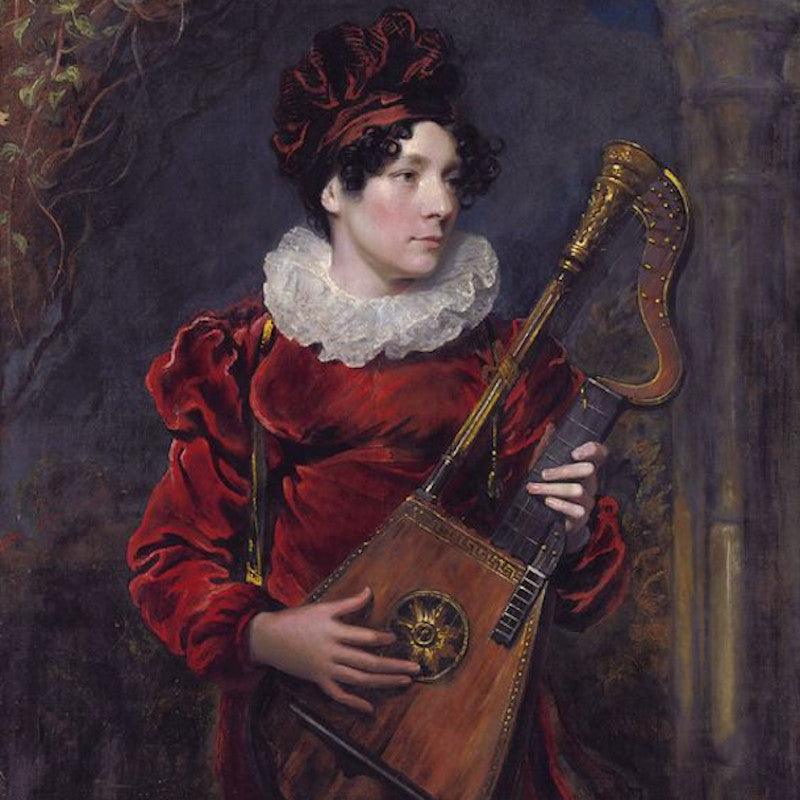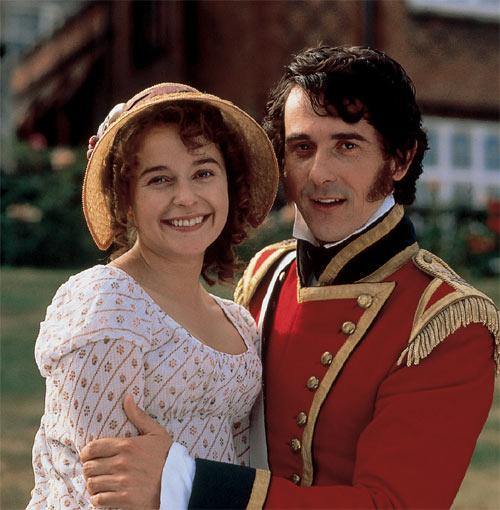English Bluebells

As spring starts to awaken and banish the winter cold, we thought it uplifting to have a look at the history of bluebells in England, just as they get ready to flower. For centuries, bluebells have featured in fairy tales and according to ancient folklore, were able to call magical spirits to attention by ringing. If we consider the bell-like shape of their flowers, it is easy to see where this folklore tradition surrounding bluebells may have originated from.
Here in England, bluebells are protected under the Wildlife and Countryside Act of 1981, making it illegal for members of the public or landowners to disturb them. It is estimated that over half of the world's population of bluebells grow in Britain and flower from mid-April to late May, creating incredible carpets of gorgeous blue. Bluebells tend to like woodland areas most and grow in these areas in great densities, finding the shade rather agreeable.
English bluebells have been given many nicknames over the years, some of which are just too good not to share. They have been variously referred to in the past as 'granfer griggles', 'witches thimbles', and 'ladies nightcaps'. These nicknames likely come from the plentiful folktales that surround these flowers and their supposed powers. It is often thought that the growth of bluebells in a woodland area indicates the land is ancient.
Georgian gardening favoured flowers that had a pleasant aroma and although we were not able to find much information about the use or popularity of bluebells in the eighteenth and early nineteenth centuries, we can be fairly certain they would have appreciated their sweet scent. We did discover that at various points in the past, their sap was used to bind books, glue feathers to arrows, and their bulbs ground down to make starch for ruffs and collars.
Victorian gardeners began introducing the Spanish variety of bluebells into Britain in the mid-nineteenth century because they were much easier to grow than the British type. Although sometimes difficult, you can usually tell the difference between a Spanish and British bluebell by looking at how its stem has grown. British bluebells curve over, whilst the Spanish variety stands much more upright.
In many of his fabric designs, Victorian designer William Morris decided to include the bluebell, favouring ordinary garden flowers for his work. His contemporary and close friend, Walter Crane, also often used the bluebell in his illustrative work. The scientific name for English bluebells is Hyacinthoides non-scripta and in the following illustration taken from Flora's Feast, completed by Crane in 1889, where we can see him describe the bluebell as a hyacinth that "did ring to swell the music of the spring".

The language of flowers, known as floriography, states that bluebells symbolise constancy, humility and gratitude, which we think is rather neat. What do you think of bluebells? Don't forget to have an explore of our new Hartfield jewellery Collection, inspired by Jane's fictional village of Highbury, not far from Box Hill where bluebells grow in great profusion!
If you don't want to miss a beat when it comes to Jane Austen, make sure you are signed up to the Jane Austen newsletter for exclusive updates and discounts from our Online Gift Shop.




2 comments
The bluebell is my favourite wild flower. I adore the colour and scent. I have the earrings and necklace set from your shop. I love them!!
Anonymous
Two things, the title for the article should be ‘English Bluebells’, as in Scotland the Bluebell is a completely different flower, known as the Harebell in England.
Secondly the bluebell bulb has a very unusual use, it is so rich in starch that it can be used like a glue stick. One early herbalist said it was used by schoolboys to repair their books.
Anonymous
Leave a comment
This site is protected by hCaptcha and the hCaptcha Privacy Policy and Terms of Service apply.